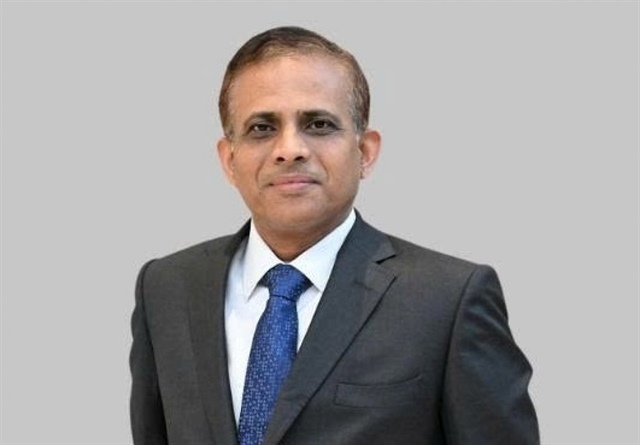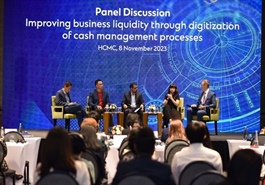Financial sector promotes digital transformation in tax and customs processes
Financial sector promotes digital transformation in tax and customs processes
The digital transformation of the tax and customs fields has brought positive impacts to people and the business community, according to experts.

About 64,700 businesses have registered to join in the single window public service system relating to import and export activities. —Photo tapchitaichinh.vn |
At the forum on digital transformation of the tax and customs fields held in Hà Nội on Wednesday, Cấn Văn Lực, chief economist at the Bank for Investment and Development of Vietnam (BIDV) and member of the National Financial and Monetary Policy Advisory Council, said that now, the taxation sector is relating to 907,000 businesses and about 28 million people.
Meanwhile, the customs involves about 80,000 businesses having import and export activities. Of these, 64,700 businesses have registered to join in the single-window public service system relating to import and export activities.
Lực said the tax and customs reform and management strategy has been issued with many specific solutions.
For electronic invoices, the tax sector has deployed them for more than one year, achieving great success. Meanwhile, the customs sector has developed digitisation to have the national public service portal at levels 3 and 4, Lực said.
According to the Ministry of Finance, the electronic tax declaration system has been deployed at all tax departments of all 63 provinces and cities. Over 99 per cent of businesses use electronic tax declaration, payment, and refund. In the field of customs, 250 administrative procedures are carried out via the national single window.
Đặng Ngọc Minh, deputy director of the General Department of Taxation, said the taxation has been implementing many projects to apply information technology in tax management and comprehensive digital transformation of this sector.
The representative of the General Department of Customs also said that the customs will continue to improve the customs legal system to modernise the customs procedure system in line with international commitments, and meet the requirements of digital transformation.
The customs procedure system will be re-designed to build a digital customs model following the digital Government model and Smart Customs with increasing levels of digitisation and automation.
By 2025, the customs strives for all customs procedures to be digitised; and 95 per cent of documents in customs records are converted to digital data.
Nguyễn Thị Cúc, chairwoman of the Việt Nam Tax Consulting Association, said that the most successful performance in the digital transformation of the taxation is the implementation of electronic invoices. The electronic invoices have saved costs for society in many aspects.
Regarding the customs, according to Cúc, Việt Nam has well developed an application of the Internet for the inspection of import and export goods.
She expects that in the near future, citizen identification numbers will be used in carrying out tax and customs-related procedures for citizens. This number will be used for taxes, customs, and social insurance. That is digitisation, both beneficial to the people and society, towards e-Government.
Nguyễn Bắc Hà, head of VCCI's Membership and Training Department, said that the national digital transformation process under the National digital transformation programme to 2025, with a view to 2030 approved by the Prime Minister, has achieved good results. For the Ministry of Finance, the digital transformation in the fields of tax and customs has also achieved important initial results.
However, the VCCI representative said that the digital transformation still requires continuous movement and transformation from the central government to local authorities, synchronous technical facilities along with a basic legal foundation.
Lực said that the tax and customs sectors are doing relatively well, but they also need more automation. In addition, they need to consider suitable technology and investment in technology.




























